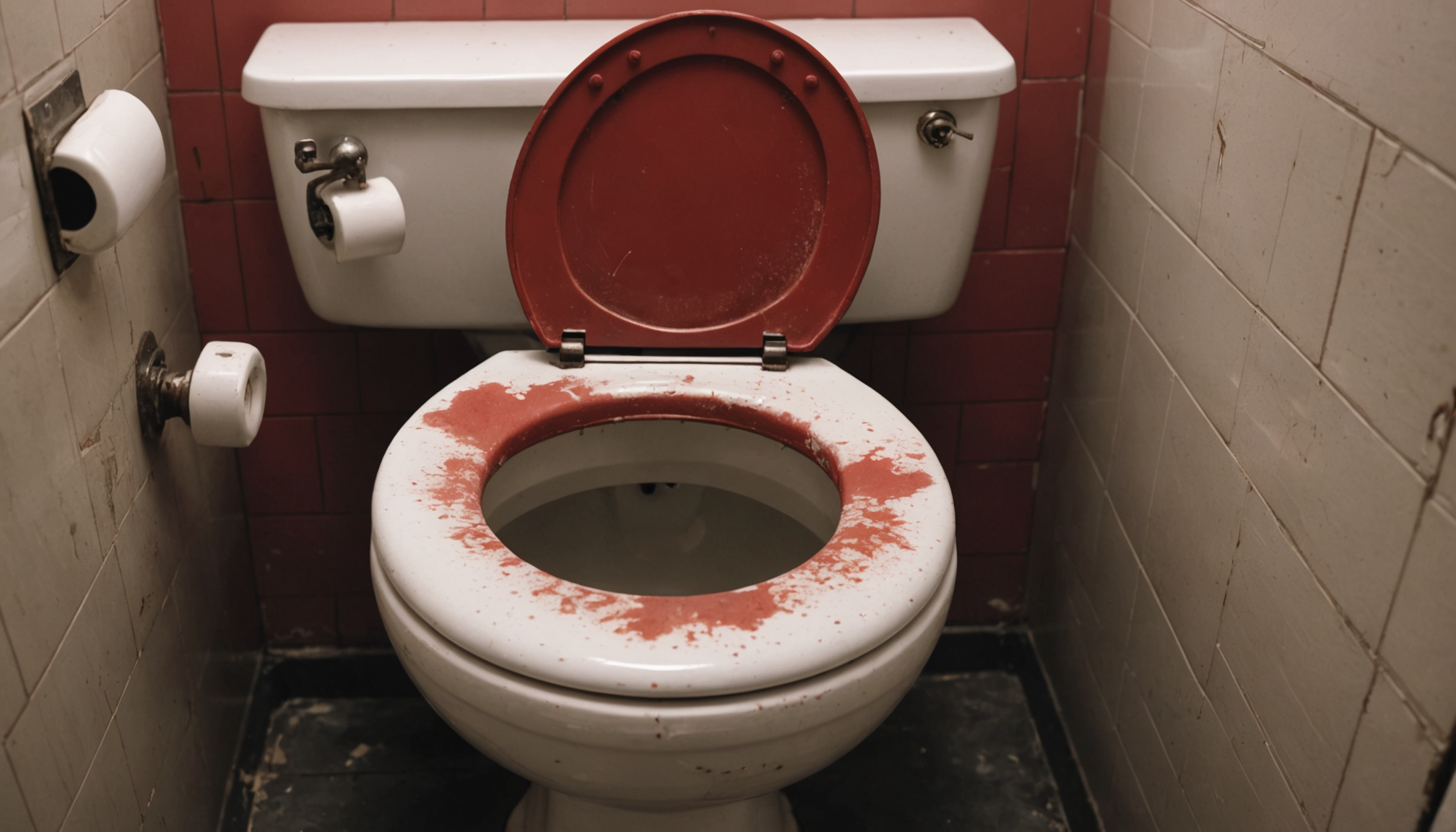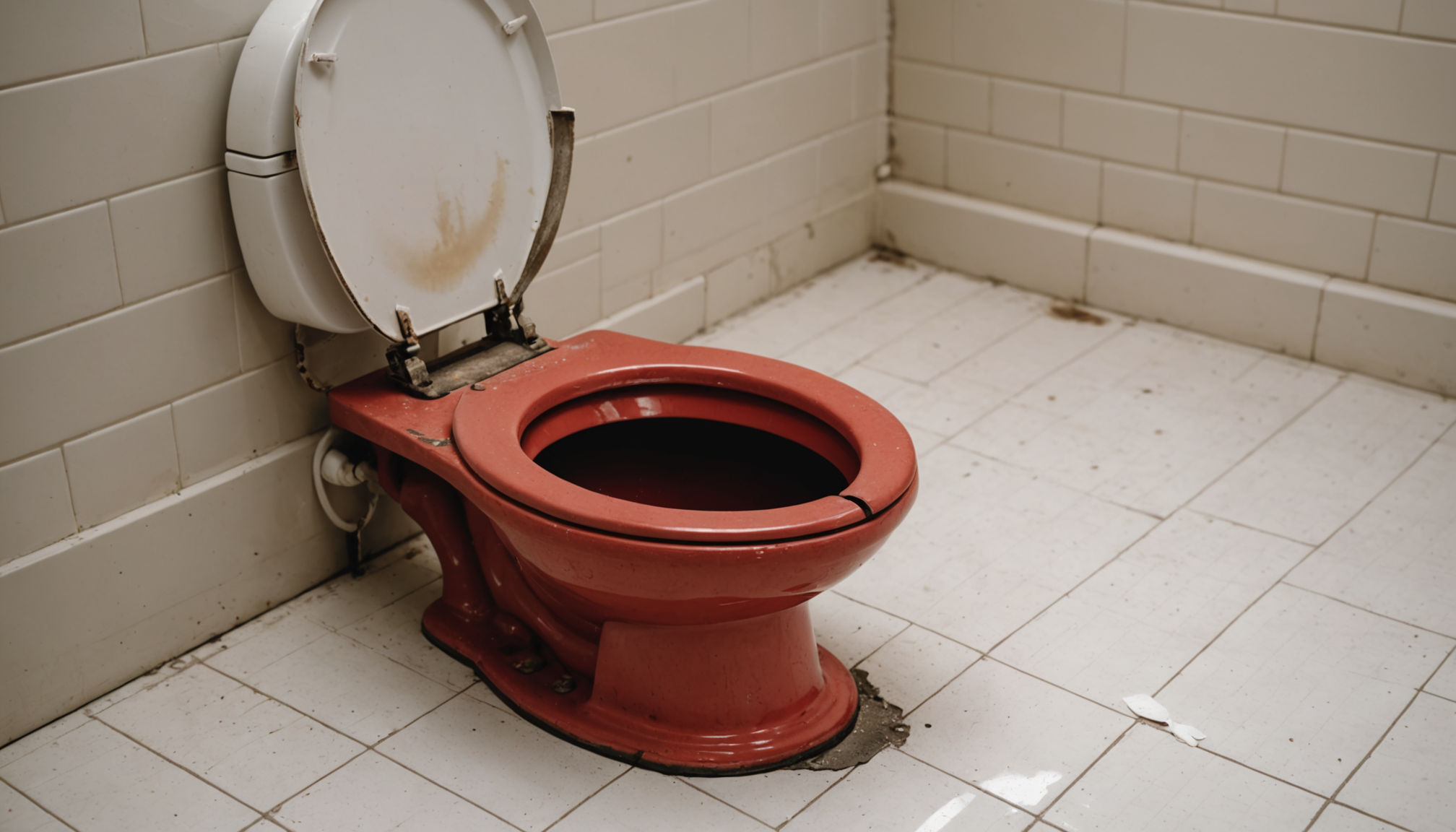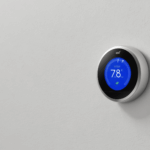One of the most frequent plumbing issues encountered in households is a running toilet. A running toilet is not only a nuisance due to its continuous noise but can also lead to a significant increase in your water bills. Fortunately, this is often one of the easier toilet repairs you can tackle with some basic DIY solutions.
The root cause of a running toilet is typically found in the tank components. The flapper, which is a rubber valve that releases water from the tank into the toilet bowl, often wears out over time or becomes misaligned. When this happens, it fails to create a proper seal, allowing water to continually escape the tank and necessitating continuous refilling.
Addressing a flapper issue is usually straightforward. Begin by shutting off the water supply to your toilet. This is typically done by turning the valve located on the wall behind the toilet. Once the water is off, flush the toilet to empty the tank. You can then inspect the flapper for any wear or misalignment. Replacing the flapper with a new one is a relatively inexpensive solution and does not require any special tools. Simply remove the old flapper from the pegs on either side of the flush valve and attach the new one.
Another potential culprit is the fill valve, which regulates the water level in the tank. If this component is not functioning correctly, it can cause water to overflow into the bowl. To test the fill valve, examine its operation while the tank is refilling. If water continues to flow after the tank is full, adjusting the float arm, which controls the fill valve, might rectify the problem. Bending the float arm or adjusting the float cup downwards will reduce the water level, ensuring the valve shuts off appropriately.
These common solutions often solve running toilet problems. However, understanding when to call a professional can save time and ensure your efforts are effective. Consider the degrees of urgency and cost-effectiveness when deciding on a DIY approach versus hiring a plumber. Below is a comparison that may help in decision-making:
| Problem Source | DIY Solution? | Average Cost of DIY | Professional Repair | Average Cost of Professional |
| Flapper | Yes | $5 – $15 | Replaced | $50 – $100 |
| Fill Valve | Yes | $10 – $20 | Adjusted or Replaced | $75 – $200 |
By following these DIY solutions, you can rectify a running toilet issue and potentially save on water bills and repair costs. However, if these measures do not solve the problem, consulting a professional may be your best course of action to prevent further damage.
Clogged toilet
Dealing with a clogged toilet is a common frustration in many households. It’s a situation that can range from a minor annoyance to a significant inconvenience, especially if it’s the only bathroom in your home. Fortunately, many cloggy scenarios can be resolved with a bit of elbow grease and some handy DIY solutions. Here’s how you can tackle this plumbing issue with confidence and minimal fuss:
1. Assess the Situation: Before you jump in, it’s essential to gauge the severity of the clog. If the water rises when you flush, avoid flushing repeatedly, as this can lead to overflowing. Examine the toilet bowl’s water level and listen for any unusual draining or gurgling sounds.
2. Gather Your Tools: For most clogs, a plunger will be your go-to tool. Ensure you have one with a flange, as this type is specifically designed for toilets and creates a better seal. In more stubborn cases, a toilet auger or plumber’s snake might be necessary.
3. Use the Plunger:
– Ensure the plunger is fully submerged to create a tight seal around the drain opening.
– Firmly push down with the plunger, then pull up sharply without breaking the seal. You’re trying to use suction to dislodge the blockage.
– Repeat this motion several times until the water begins to drain freely.
4. Deploy the Toilet Auger:
– If plunging fails to shift the clog, a toilet auger can reach further into the plumbing system.
– Carefully insert the auger into the bowl and guide it through the drain with gentle, steady pressure. Avoid forcing it, as this could damage the porcelain.
– Once you reach the obstruction, rotate the handle to break up or catch the clog, then retract the auger slowly.
5. Use a Homemade Solution:
– If you’ve used physical tools without success, try a simple chemical solution using ingredients you may already have at home.
– Pour a generous amount of liquid dish soap into the toilet bowl, followed by a pot of hot (not boiling) water. Allow it to sit for 20-30 minutes. The soap is intended to lubricate the clog and ease its movement through the pipes.
– Afterward, attempt plunging again to move the loosened clog.
6. Flush with Caution: Once you have cleared the obstruction, perform a careful test flush to ensure the water drains normally. Keep your plunger nearby just in case, and be ready to turn off the water supply if needed to prevent overflow.
7. Prevent Future Clogs:
– Many toilet clogs result from flushing items that shouldn’t be flushed, such as wipes, sanitary products, or excessive toilet paper. Educate household members about proper toilet use.
– Regular maintenance is key. Consider using preventative measures like flushing a mixture of baking soda and vinegar monthly to keep pipes clean.
Even though clogged toilets are a common plumbing issue, these DIY solutions can resolve most cases swiftly and effectively. However, if attempts are unsuccessful and the problem persists, don’t hesitate to contact a professional plumber to avoid potential damage to your system.
Weak flush
Experiencing a weak flush in your toilet can be quite frustrating. It might seem like a minor annoyance, but over time, it can lead to larger plumbing issues or result in clogged toilets that require even more attention. Luckily, solving the problem of a weak flush is often within reach with some simple DIY solutions.
The root of a weak flush usually lies within the mechanics of the toilet tank. Start by lifting the lid off the tank and looking at the condition of the water level. If the water level is set too low, your toilet will not have the necessary force for an effective flush. Adjusting the water level is a straightforward task. Locate the float, either a ball or a cup, depending on the model. If it’s a float ball, gently bend the rod to raise the water level. For a cup float, pinch the clip and move it upward along the fill tube. Be careful not to raise it too high, however, as this can cause a continuously running toilet.
Next, examine the flapper chain. If it’s too taut or has excessive slack, it can hinder the flush’s vigor. Adjust the length of the chain so it’s just tight enough to allow the flapper complete movement when you flush, but not so slack that it fails to open fully.
Another aspect to consider is the cleanliness of the toilet tank and the holes beneath the rim of the bowl, which can become clogged with mineral deposits over time, especially in areas with hard water. These deposits can restrict water flow, diminishing flush power. To clean them, use a scrub brush or a wire hanger to gently clear any deposits. For stubborn build-up, a solution of vinegar and baking soda can help break down the deposits without damaging the toilet components.
Addressing these key areas often revives a toilet’s flushing capability, restoring it to full strength. By doing so, you not only enhance the performance of your toilet but also potentially save on water bills by avoiding excessive flushing due to poor performance. In most cases, these toilet repairs involve minimal cost and a bit of time, making them a great opportunity for homeowners to engage in preventative maintenance and familiarize themselves with the workings of their plumbing systems.
Leaking base
A leaking toilet base can be both a bothersome and a potentially severe plumbing issue if not addressed promptly. Recognizing and repairing the source of the leak is crucial to avoid further water damage, mold growth, and an increase in your water bills. The good news is that with the right approach, most leaks around the base can be fixed without professional help.
First, confirm that the water is indeed coming from the base of the toilet and not from condensation on the tank or other issues. To do this, dry the area thoroughly and look for signs of ongoing leakage, like accumulated moisture or discoloration around the base. Once confirmed, it’s time to identify the potential cause and fix the issue.
One of the most common reasons for a leaking toilet base is a faulty wax ring. This ring forms a seal between the bottom of the toilet and the sewer pipe, preventing water from escaping. Over time, the wax ring can deteriorate, leading to leakage when you flush. Here’s how you can replace the wax ring yourself:
1. Gather Necessary Tools: To tackle this repair, you’ll need a new wax ring (available at any hardware store), a wrench, a putty knife, and some old towels or sponges.
2. Turn Off Water Supply: Start by turning off the water supply to the toilet, typically found on the pipe behind it. Flush the toilet to empty the tank and bowl, then soak up any remaining water with a sponge or towel.
3. Disconnect the Toilet: Use a wrench to remove the nuts from the bolts that secure the toilet to the floor. Be sure to keep these parts aside, as you’ll need them when reinstalling the toilet. Carefully rock the toilet back and forth to break the seal and lift it off the floor.
4. Remove the Old Wax Ring: With the toilet removed, you’ll see the wax ring. Use a putty knife to scrape off the old wax from both the base of the toilet and the flange on the floor. Dispose of it properly.
5. Install the New Wax Ring: Center the new wax ring on the flange. It’s generally easiest to affix the ring to the toilet base, but some prefer to place it directly over the flange; ensure alignment with the drain hole for the best seal.
6. Reinstall the Toilet: Carefully lower the toilet onto the new wax ring, ensuring that the bolts come through the holes on the base. Apply your body weight evenly to compress the ring and form a tight seal. Reattach the nuts to the bolts and tighten them securely, but avoid over-tightening, as this could crack the toilet base.
7. Reconnect the Water Supply: Turn the water back on and allow the tank to refill. Perform a few flushes to check for leaks. If the base remains dry, your repair was successful.
Replacing the wax ring is one of the most effective DIY solutions for fixing a leaking toilet base. However, if the problem persists after a new wax ring has been installed, it might indicate a more severe issue, such as a damaged flange or a crack in the toilet base itself. In such cases, it might be necessary to seek professional plumbing assistance to ensure there are no underlying problems with your plumbing system.
Noisy tank
Noisy toilets can be more than just an annoyance; they can also be indicative of underlying issues that may need attention. The good news is that most of these disturbances can be addressed with simple DIY solutions, ensuring tranquility returns to your bathroom.
One common cause of a noisy tank is the fill valve. When this valve does not close properly after flushing, it can cause a persistent hissing sound as water continues to flow into the tank. Begin by removing the tank lid and observing the fill valve while the toilet refills. If the noise persists, try adjusting the float. For floating cup-style fill valves, you can pinch the clip and slide it to adjust the water level; for ball float valves, gently bend the float arm to achieve the desired level. If adjustment doesn’t work, consider replacing the fill valve altogether. This is a straightforward process that requires shutting off the water supply, draining the tank, disconnecting the old valve, and replacing it with a new one.
Another potential source of noise is the refill tube, which might be incorrectly positioned. It’s meant to direct water into the overflow tube rather than splashing into the tank. Ensure the tube fits just inside the overflow and is secured in place.
Water hammer, or a loud banging noise in the pipes, may also originate from your toilet. It occurs when water flow is abruptly stopped, causing a shockwave within the pipes. Installing a water hammer arrestor can absorb the shock and eliminate the noise. Alternatively, you can try reducing the water pressure at your home’s main water supply valve to see if that alleviates the problem.
Gurgling noises, often linked to a blocked vent stack, can be tackled with a bit of investigative work. These sounds occur when air can’t circulate through the plumbing system, causing water to siphon and create noise. Climb to the roof, if you’re comfortable doing so safely, to check the vent pipe for visible blockages like leaves or debris, and clear them using a plumber’s snake or a hose. If heights are a concern, call a professional for this repair.
These plumbing issues, though noisy, can often be mitigated with some DIY solutions that don’t require specialized tools or high expenses. By addressing these issues promptly, you not only silence the disturbances but also avoid potential long-term damage to your plumbing system.
In conclusion, while plumbing issues can disrupt the comfort and convenience of your home, many common toilet problems can be resolved efficiently with basic DIY solutions. From running and clogged toilets to weak flushes, leaking bases, and noisy tanks, tackling these issues doesn’t always require professional intervention. By familiarizing yourself with your toilet’s components and performing timely repairs, you can ensure a well-functioning bathroom while potentially avoiding costly water bills or damage in the long run. However, should these solutions not resolve the problems, don’t hesitate to reach out to a professional not only for peace of mind but also to maintain the integrity of your home’s plumbing system.











